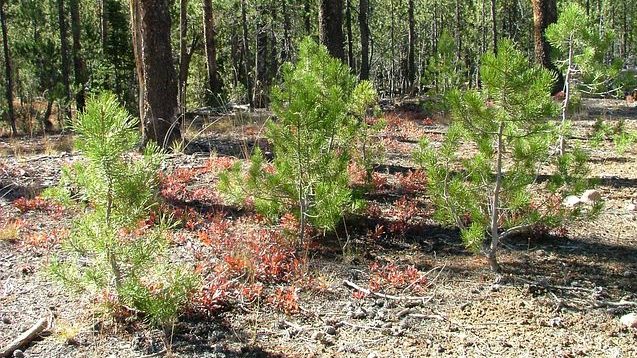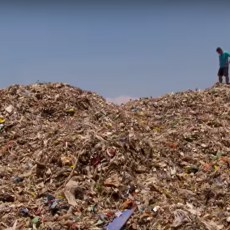
We’re often asked our opinions on carbon offsetting. It’s a tough subject to talk about because people generally have a preconceived idea that this is a solution to Climate Change. We’ll cut you off at the pass – it’s not.
Carbon Offset: Any activity that compensates for the emission of carbon dioxide (CO2) or other greenhouse gases (measured in carbon dioxide equivalents (CO2e) by providing for an emission reduction elsewhere).
Carbon offsetting seems simple. You find out what your emissions are and pay a company to remove them from the atmosphere. And I really wish I could end the article here. But the truth is, carbon offsets are complex. Current technology for scrubbing carbon dioxide from the atmosphere requires substantial heat and power units, and scaling these using renewable energy is not yet possible, not to mention expensive. So what are the current options to carbon offsetting?
Behind the scenes, a project is developed to cut carbon emissions from the atmosphere (in units of 1 tonne). A lot of the projects involve restoring vegetation through planting trees, some sponsor renewable energy projects, while others include landfill gas capture or water restoration.

Planting trees to restore areas of land degradation or forestry is great. But these trees were removed by some other activities. Should they not have been replaced by whomever removed them? Do you know exactly how long it takes for that carbon to be sequestered? There is an average rate of growth required and that takes time. So, are you paying for carbon credits on something that hasn’t actually been completed? Our atmosphere is not a Kickstarter. Why aren’t governments paying for landfill gas capture? They made the mess in the first instance.
And how do we assess the credibility of these offsets? This is inherently challenging because it is difficult to make emission projections. Outside the US, offsets may be purchased on compliance markets to meet requirements to reduce emissions. In the US, there are no federal requirements and offsets may be purchased in the voluntary market.
Should carbon offsetting only be used as a last resort, for a limited time, while change to increased sustainability is occurring? When we’re asked to examine the carbon footprints of products, through our analysis we identify where improvements can be made to reduce emissions. Once we have identified the most sustainable option, companies generally start to change things over the life cycle to bring emissions down. But it doesn’t happen overnight. So, we suggest that they offset until such time that they can reach their goal. We also advise that simply becoming “carbon neutral” is not enough. All targets should be “carbon negative”. To be carbon negative means to lower a carbon footprint to less than neutral, so that it has a net effect of removing carbon dioxide from the atmosphere rather than adding it. This should be the ideal.

My best analogy to examine carbon offsetting is going on a diet, but eating the same calories. Let’s fix the issue with “fat offsetting” where you stop the fat going to your belly and let your buttocks take the load. You’re still the same weight. In this scenario, the only way to lose the weight is to reduce the calorie consumption below the calorie burn. Some argue that planting more trees is a great way to remove carbon in our atmosphere, and I agree. Just not for offsetting purposes. Having the same excess amount of carbon in our air and finding natural ways to remove it will put a strain on our ecosystems. When trees grow faster to absorb more carbon, the resources are used up more quickly, namely water and minerals. Back to our body analogy – you’re eating the same calories as before but running a marathon every day to compensate. What type of effect is that going to have on our bodies if this is the first exercise we have done in years? I’d suggest the body is not going to cope and neither is our planet.
Are you still confused on the issue? The final question to ask yourself to see whether you support carbon offsets or not is a simple one: Would you rather see less anthropogenic carbon in our atmosphere or are you happy to use carbon sinks to avoid reducing emissions? Our planet hasn’t seen this amount of carbon in 800,000 years. Are we going to force it to start running marathons?




